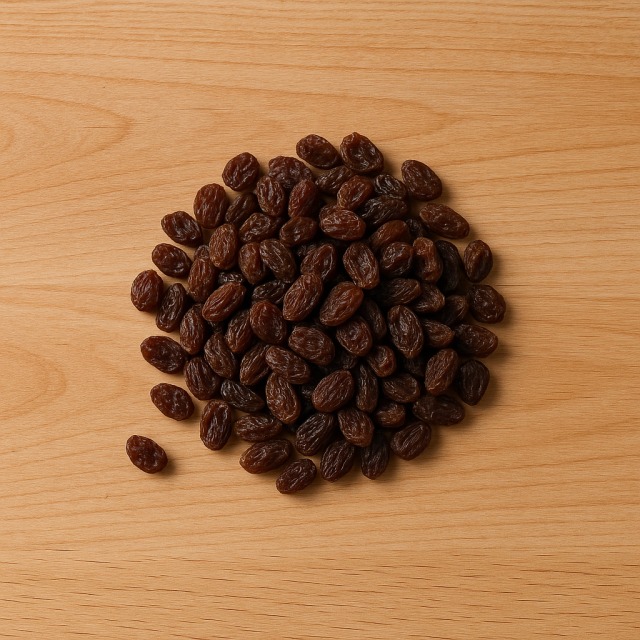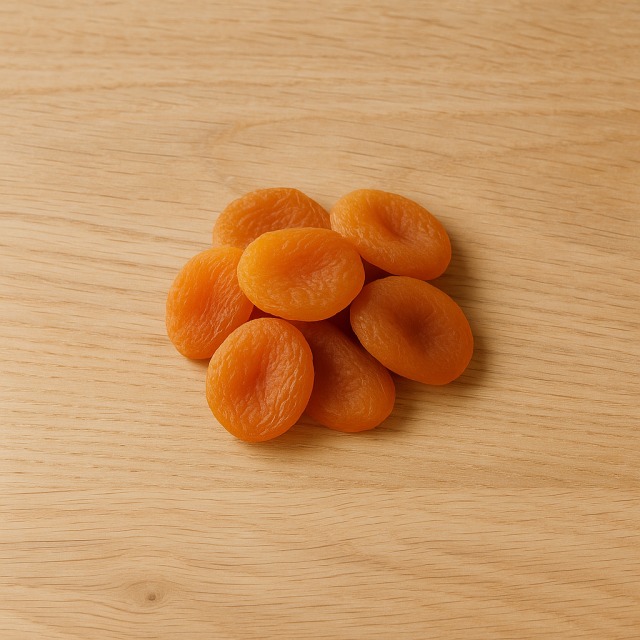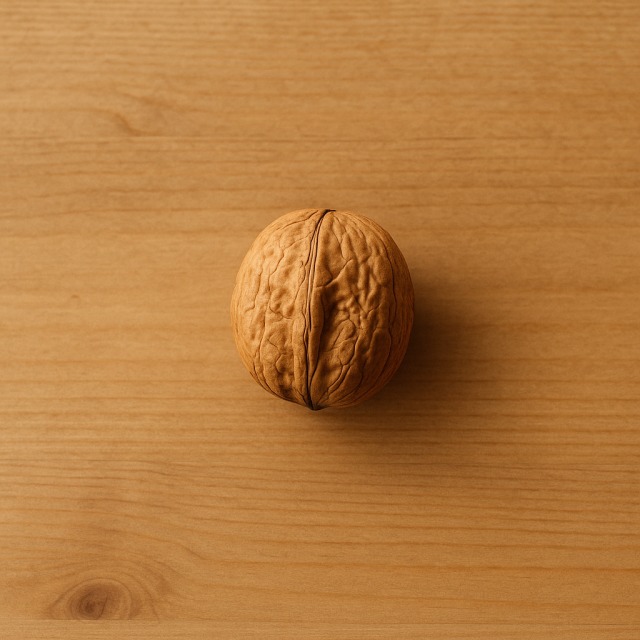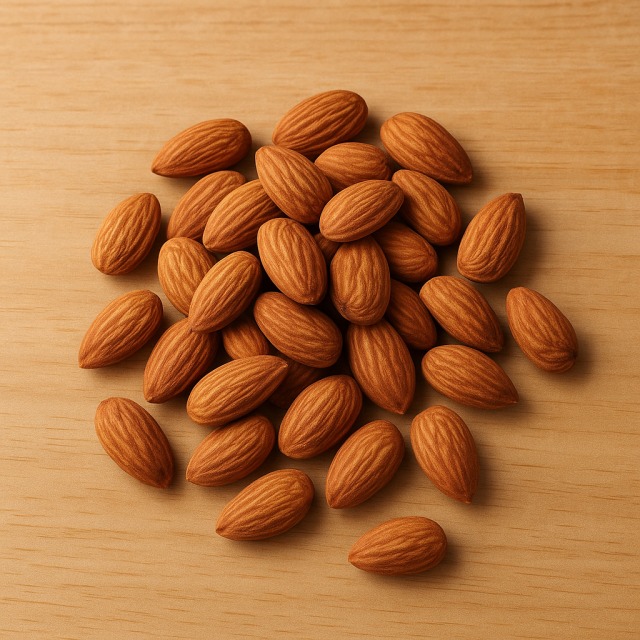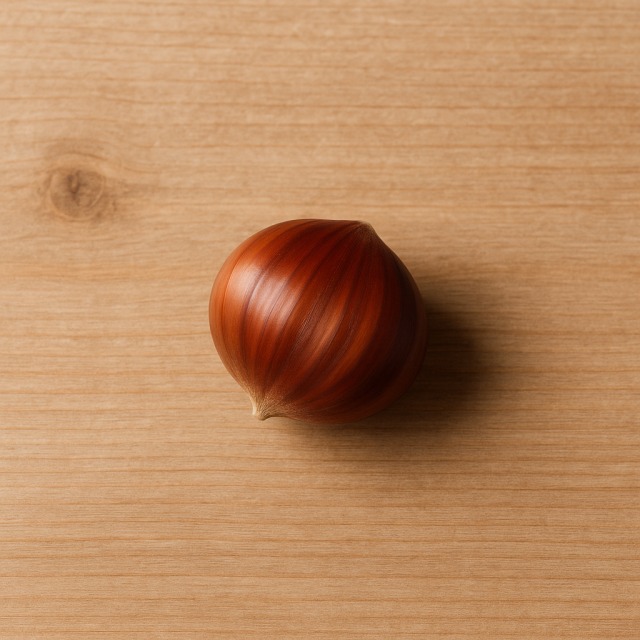Calorie Chart / Fruits / Dried fig
How Many Calories Are in Dried fig?
Calculation of the nutritional value & Recommended Dietary Intake of dried fig
For g and a calorie requirement of kcal
| Calories 88 kcal | Proteins 1.1 g | Lipids 0.4 g | Carbohydrates 20 g |
| 4% | 1% | 1% | 7% |
Health benefits of dried fig
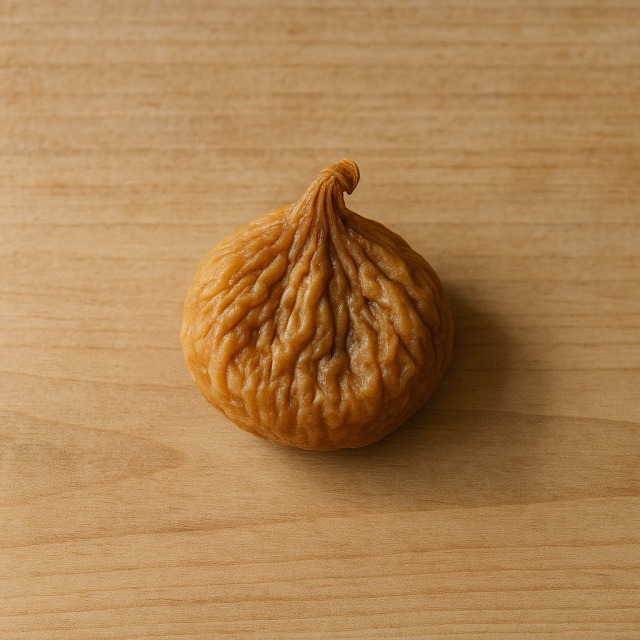
Dried fig - 100g
Calories 250 kcal
Proteins 3 g
Lipids 1.2 g
Carbohydrates 57 g
With around 250 calories per 100 g, dried fig is classified as a moderate-to-high-calorie fruit: higher in calories than its fresh counterpart but lower than many processed sweets. Beyond calories, it is naturally rich in soluble and insoluble fibre, which helps regulate transit and supports satiety.
Dried figs supply significant amounts of potassium, calcium, and magnesium, three minerals involved in muscular contraction and bone health. Iron and copper also appear in useful quantities and contribute to normal energy metabolism. Antioxidant polyphenols—especially chlorogenic acid—may offer supposed protection against oxidative stress ("supposed" because clinical evidence is still limited).
Unlike many snacks with empty calories, dried fig pairs its calories with vitamins such as vitamin K and small doses of B-group vitamins. Historically, the fruit was prized in the Mediterranean as a compact energy source for travellers and soldiers; Roman legionaries received dried figs in their rations.
Its natural sugars (glucose and fructose) are rapidly available, making the fruit popular with endurance athletes looking for quick calories during long efforts.
Tips for incorporating dried fig into a balanced diet
Because dried fig concentrates calories and natural sweetness, portion control matters. At breakfast, chop two fruits into a bowl of oat flakes and plain yogurt; the fibre–protein mix slows the absorption of calories and keeps you full longer.
For a balanced lunch salad, combine rocket, diced dried figs, fresh goat cheese, and a handful of walnut kernels. The sweet–salty contrast reduces the urge for calorie-dense desserts while still providing satisfying calories.
Dried figs shine in savoury dishes too: add them to a Moroccan-style tagine with lamb shoulder, carrots, and spices. The fruit's sugars caramelise slowly, so the overall calories of the dish rise less sharply than if you used refined sugar.
Athletes can slip a couple of dried figs, a handful of almonds, and water into their jersey pocket for a 150-calorie energy bite. If weight control is your goal, limit yourself to 30 g (about two pieces) and pair them with a protein source such as ricotta to moderate the glycaemic impact of the calories.
Frequently Asked Questions
- How many calories are in dried fig?
- There are 250 kcal per 100 g.
- Are dried figs higher in calories than fresh figs?
- Yes. Drying removes water and concentrates nutrients and sugars, so calories rise from roughly 60 kcal to about 250 kcal per 100 g.
- Can dried figs fit into a weight-loss diet despite their calories?
- In small portions (20–30 g) they provide fibre and micronutrients without excessive calories. Balance them with low-calorie foods like cucumber or spinach and watch total daily calories.
- Are dried figs good for athletes needing quick calories?
- Absolutely. Two or three pieces deliver about 100 calories plus potassium for hydration balance, making them a convenient alternative to commercial gels.
- How many dried figs count as one portion?
- Dietitians usually define one portion as 30 g, or about two medium fruits, supplying roughly 75 calories.
- Do dried figs contain added sugar to boost calories?
- Traditional sun-dried figs contain only naturally occurring sugars; always read labels because some industrial products add syrup, increasing calories further.
Similar foods
Information provided by Calorie Menu may contain inaccuracies or errors. It cannot, under any circumstances, substitute medical advice or medication.
